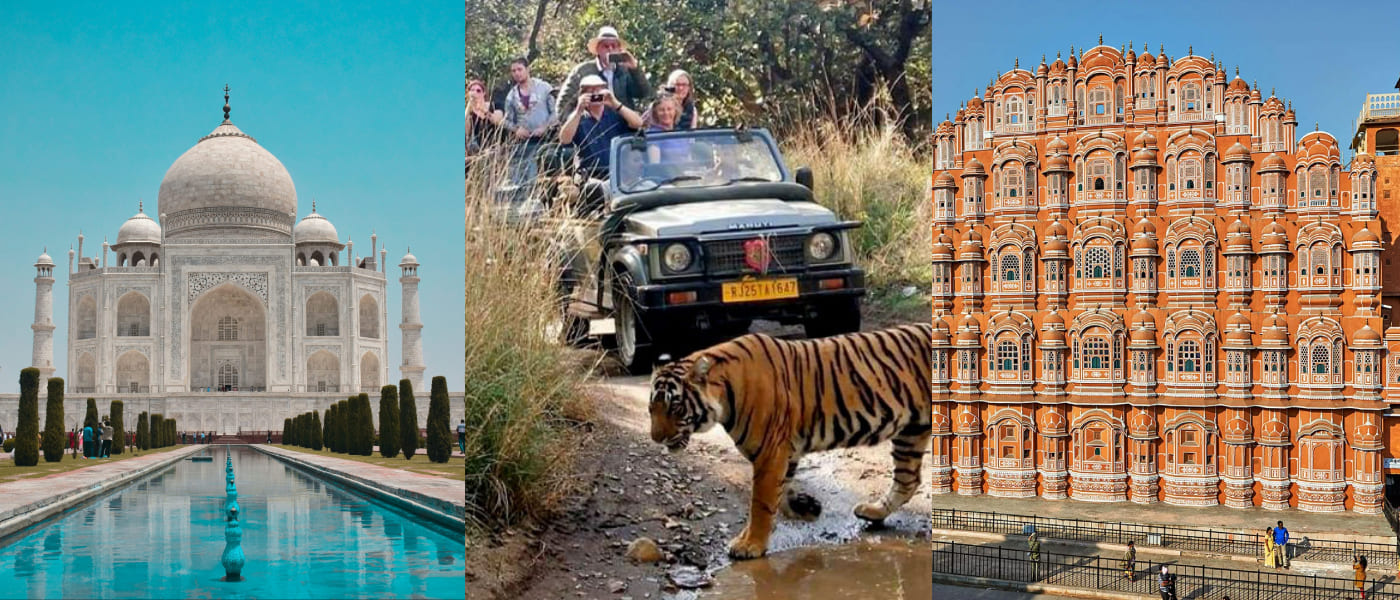Hawa Mahal – The Palace of Winds
Standing tall in the heart of Jaipur, Hawa Mahal is a five-story architectural masterpiece made of pink sandstone. Built in 1799 by Maharaja Sawai Pratap Singh, this unique palace features 953 intricately carved windows, allowing royal women to observe street festivals without being seen. Its honeycomb-like design not only reflects Rajput artistry but also ensures natural ventilation, making it a marvel of climate-conscious architecture.
Jantar Mantar – Ancient Astronomy in Stone
A UNESCO World Heritage Site, Jantar Mantar is an extraordinary observatory built by Maharaja Sawai Jai Singh II in the 18th century. It houses the world’s largest stone sundial and a collection of astronomical instruments that were used to measure time, track celestial bodies, and predict eclipses with remarkable accuracy. It stands as a symbol of India’s rich scientific heritage.
City Palace – A Living Heritage
The City Palace complex offers a magnificent blend of Rajput, Mughal, and European architecture. Located in the heart of Jaipur, it serves as the residence of the royal family and also houses museums displaying royal costumes, weapons, and artifacts. The grand courtyards, beautifully decorated gates, and ornate halls like the Chandra Mahal and Mubarak Mahal reflect the opulence of Rajasthan’s royal legacy.
Amer Fort – A Majestic Hilltop Fortress
Overlooking the Maota Lake, Amer Fort is a majestic structure made of red sandstone and marble. Built in the 16th century by Raja Man Singh, it is known for its artistic Hindu-style elements, including the stunning Sheesh Mahal (Mirror Palace), Diwan-i-Khas, and Ganesh Pol. The fort’s serpentine paths and elephant rides make the ascent an unforgettable experience, while its ramparts offer panoramic views of the surrounding hills.
Jal Mahal – The Floating Beauty of Jaipur
Located in the middle of Man Sagar Lake, Jal Mahal appears as if it’s floating on water. This architectural wonder was built as a summer retreat for the royals and offers a tranquil view against the backdrop of the Aravalli hills. While entry inside the palace is restricted, the scenic surroundings make it a favorite spot for photography and peaceful evening strolls.










